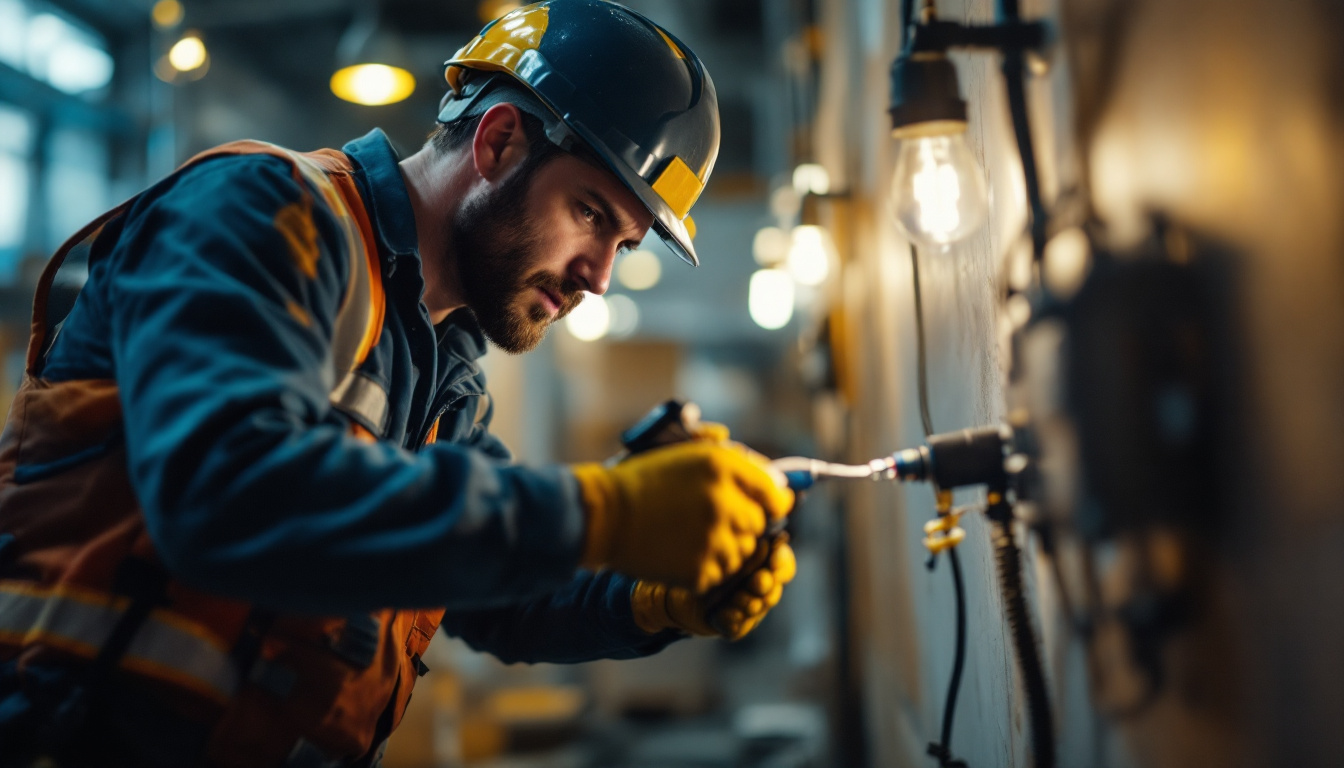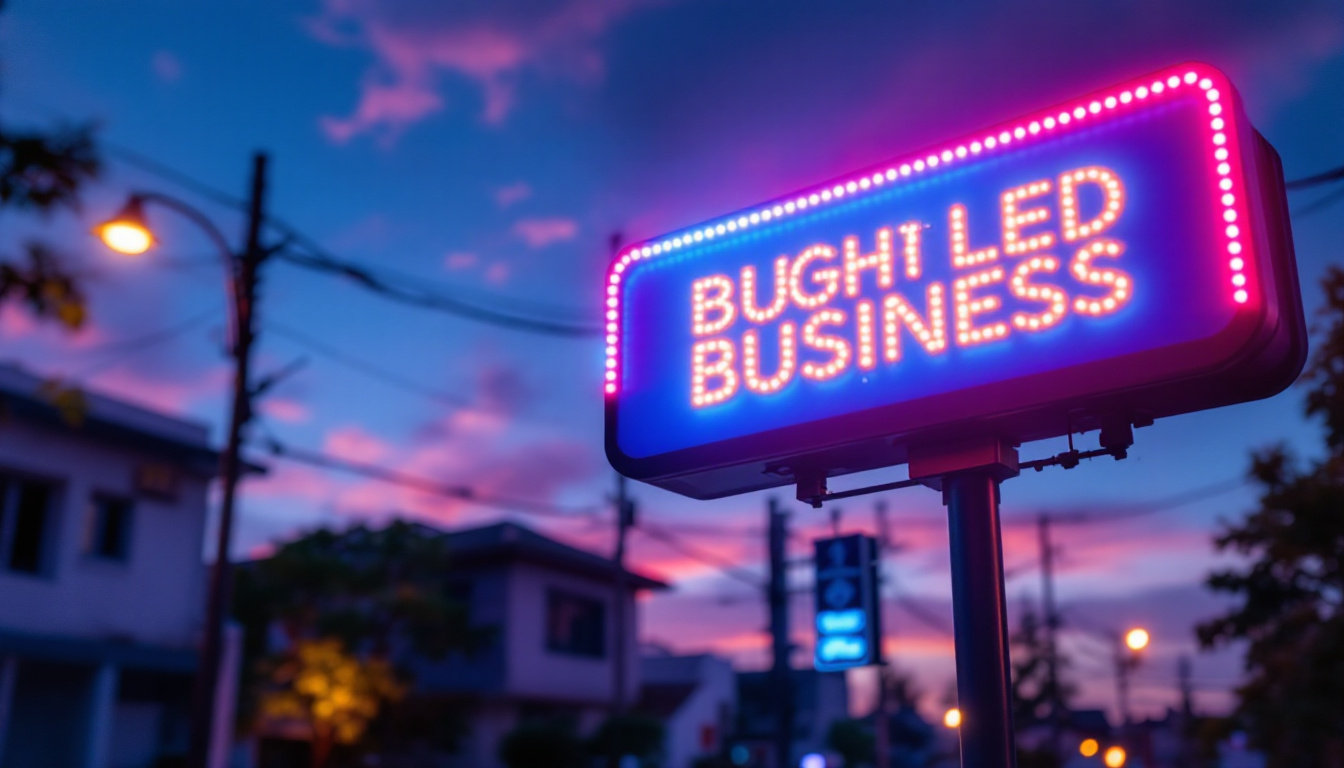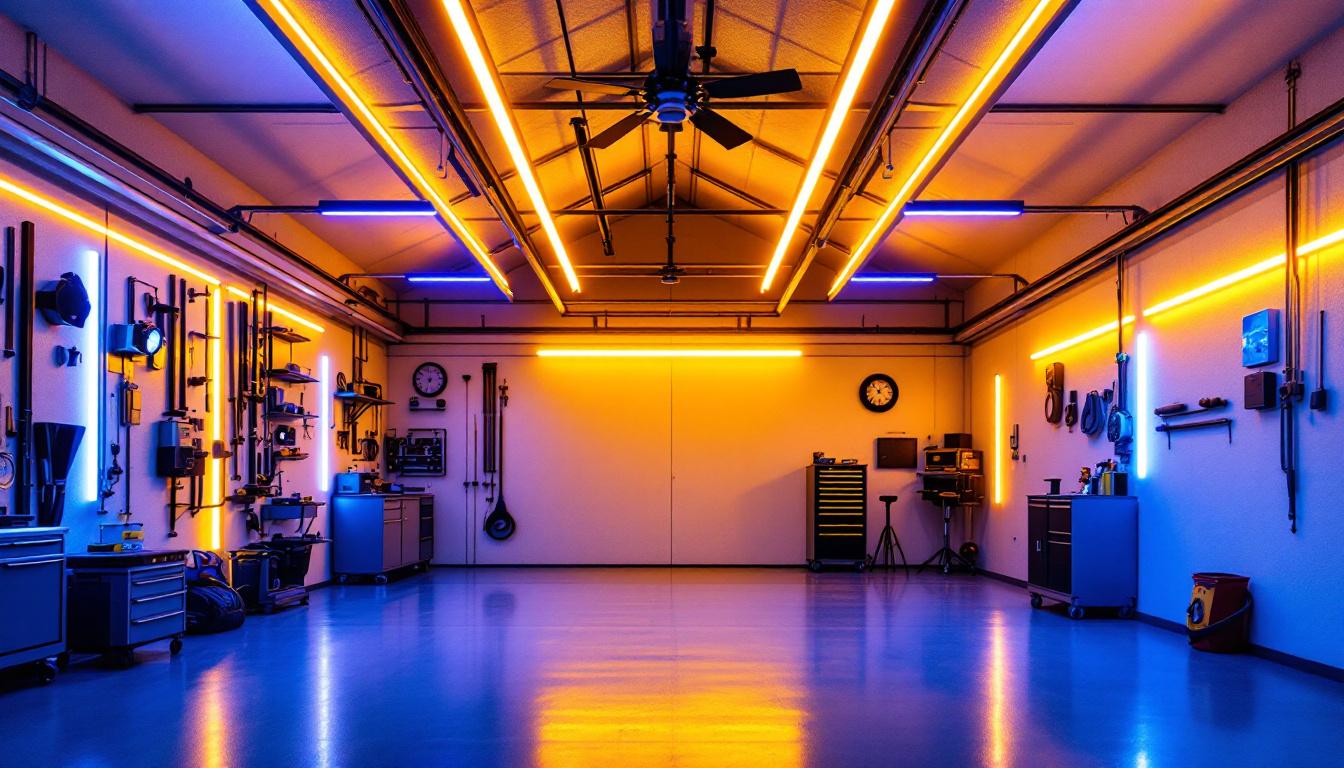
In the world of lighting design and installation, the choice of lighting technology can significantly impact both the quality of the finished project and the satisfaction of clients. High-Intensity Discharge (HID) lighting has gained popularity among lighting contractors due to its numerous advantages. This article explores the top benefits of HID lighting, offering insights into why it should be a go-to option for lighting professionals.
Before delving into the benefits, it is essential to understand what HID lighting is. HID lights produce illumination by passing an electric current through a gas or vapor, which creates a bright, intense light. Common types of HID lights include metal halide, high-pressure sodium, and mercury vapor lamps. Each type has unique characteristics, making them suitable for various applications. The versatility of HID lighting makes it a popular choice across different sectors, from commercial to residential, and even in specialized industrial settings.
In addition to their brightness, HID lights are known for their efficiency in terms of lumens produced per watt. This characteristic not only translates to lower energy costs but also reduces the environmental impact associated with lighting. As energy efficiency becomes increasingly important in today’s world, HID lighting stands out as a viable option for those looking to minimize their carbon footprint while still achieving high-quality illumination.
Each type of HID lighting serves specific purposes and environments. Metal halide lamps, for instance, are known for their excellent color rendering and are often used in retail spaces and sports facilities. They provide a crisp, white light that enhances the appearance of colors, making them ideal for showcasing products in stores or illuminating athletic fields during evening games. High-pressure sodium lamps, on the other hand, are favored for their efficiency and longevity, making them ideal for street lighting and industrial applications. Their warm, yellowish hue is particularly effective in foggy or rainy conditions, as it penetrates through the moisture in the air better than other light colors. Understanding these distinctions helps contractors choose the right type for their projects, ensuring optimal performance and satisfaction for end-users.
Additionally, mercury vapor lamps, while less common today due to the rise of more efficient options, still find use in specific applications like outdoor lighting and older industrial settings. They emit a bluish light that can be useful for certain types of visual tasks. However, it’s worth noting that advancements in technology have led to a decline in their popularity, as newer HID options offer better energy efficiency and color rendering capabilities.
The operation of HID lighting involves an arc between two electrodes within a gas-filled tube. This process generates a high amount of light while consuming less energy compared to traditional incandescent bulbs. The design of HID fixtures also allows for better heat management, contributing to their efficiency and longevity. The arc discharge creates a plasma that emits light, and the specific gases used in the lamp determine the color temperature and overall quality of the light produced.
Moreover, HID lighting systems often require a ballast to regulate the current flowing through the lamp, ensuring consistent performance and preventing flickering. This component is crucial for the longevity of the bulbs, as it helps maintain the optimal operating conditions. As technology progresses, advancements in ballast design have led to more compact and energy-efficient options, further enhancing the appeal of HID lighting systems in modern applications. Understanding these technical aspects not only helps in selecting the right HID lighting solution but also in maintaining and optimizing their performance over time.
One of the most significant benefits of HID lighting is its energy efficiency. Compared to traditional lighting solutions, HID lights consume less electricity while providing superior brightness. This efficiency translates to lower energy bills for clients and a reduced carbon footprint, aligning with the growing emphasis on sustainability in construction and design.
For lighting contractors, recommending HID lighting can lead to substantial cost savings for clients. The reduced energy consumption means that clients will see lower utility bills over time. Additionally, the long lifespan of HID bulbs—often exceeding 20,000 hours—means less frequent replacements, which further contributes to cost savings.
With an increasing focus on environmental sustainability, the use of energy-efficient lighting solutions is more critical than ever. HID lighting helps reduce greenhouse gas emissions by consuming less energy and decreasing the demand for electricity generated from fossil fuels. By choosing HID lighting, contractors can play a role in promoting eco-friendly practices in their projects.
HID lighting is incredibly versatile, making it suitable for a wide range of applications. From outdoor spaces to indoor environments, HID fixtures can be adapted to meet various lighting needs. This versatility allows contractors to use HID lighting in diverse settings, enhancing their project offerings.
HID lights are particularly effective for outdoor applications, such as street lighting, parking lots, and sports fields. Their ability to produce bright, focused light makes them ideal for illuminating large areas, improving safety and visibility. Contractors can confidently recommend HID solutions for outdoor projects, knowing they will deliver reliable performance.
In addition to outdoor applications, HID lighting is also well-suited for indoor commercial spaces. Retail stores, warehouses, and manufacturing facilities benefit from the bright, clear light provided by HID fixtures. The high color rendering index (CRI) of metal halide lights, for example, enhances product visibility and can positively influence customer experiences in retail environments.
HID lighting is known for its exceptional light quality, which can significantly impact the ambiance of a space. The bright, intense light produced by HID fixtures creates a vibrant atmosphere, making it an attractive option for various applications.
One of the standout features of HID lighting, particularly metal halide lamps, is their superior color rendering capabilities. With a CRI of 80 or higher, these lights allow colors to appear more vivid and true to life. This quality is essential in settings where accurate color representation is crucial, such as art galleries, retail stores, and showrooms.
HID lighting fixtures can be designed to minimize glare, creating a more comfortable environment for occupants. This is particularly important in workplaces and public spaces where excessive glare can lead to discomfort and decreased productivity. By selecting the right HID fixtures, contractors can enhance the overall experience of a space.
Durability is another significant advantage of HID lighting. These fixtures are designed to withstand harsh conditions, making them suitable for both indoor and outdoor applications. The long lifespan of HID bulbs means that they require less frequent replacement, which is a strong selling point for contractors.
HID lighting systems typically require less maintenance compared to traditional lighting solutions. With a lifespan of 15,000 to 30,000 hours, depending on the type, contractors can offer clients a reliable lighting solution that minimizes downtime and maintenance costs. This aspect is particularly appealing for commercial clients who prioritize operational efficiency.
HID fixtures are often designed to be resistant to environmental factors such as moisture, dust, and temperature fluctuations. This durability makes them suitable for a variety of settings, including industrial facilities, outdoor stadiums, and even some residential applications. Contractors can confidently install HID lighting in challenging environments, knowing they will perform reliably.
For lighting contractors, the ease of installation is a crucial factor when selecting lighting solutions. HID fixtures are generally straightforward to install, which can save time and labor costs during projects. This efficiency can lead to quicker project completion and increased client satisfaction.
Many HID fixtures are designed to be compatible with existing electrical systems, making retrofitting easier for contractors. This compatibility allows for seamless upgrades in older buildings without requiring extensive rewiring or modifications. As a result, contractors can offer clients a cost-effective solution that enhances their existing lighting without significant disruptions.
HID lighting fixtures come with various mounting options, including wall-mounted, pole-mounted, and ceiling-mounted designs. This flexibility allows contractors to choose the best installation method based on the specific requirements of each project. Whether illuminating a parking lot or enhancing the ambiance of a retail space, HID lighting can be tailored to fit the needs of the environment.
HID lighting offers numerous benefits that make it an excellent choice for lighting contractors. From energy efficiency and cost savings to versatility and enhanced light quality, the advantages of HID lighting are compelling. By understanding these benefits, contractors can make informed decisions when recommending lighting solutions to clients.
As the demand for sustainable and efficient lighting solutions continues to grow, HID lighting stands out as a reliable option that meets the needs of various applications. By incorporating HID lighting into their offerings, contractors can enhance their reputation, satisfy clients, and contribute to a more sustainable future in lighting design.
In summary, HID lighting is not just a practical choice; it is an investment in quality and efficiency that can elevate any lighting project. By embracing this technology, lighting contractors can ensure they are at the forefront of the industry, providing clients with the best possible solutions for their lighting needs.
Ready to harness the power of HID lighting for your next project? At LumenWholesale, we provide lighting contractors with the highest quality, spec-grade HID lighting products at unbeatable wholesale prices. Say goodbye to local distributor markups and hello to superior lighting solutions that meet the most rigorous industry standards. With our commitment to affordability and convenience, you’ll enjoy free shipping on bulk orders, ensuring you get the premium lighting you need at the best value — no hidden fees, no compromises. Elevate your lighting projects with the perfect blend of quality, efficiency, and cost-effectiveness. Wholesale Lighting at the Best Value is just a click away. Experience the LumenWholesale difference today!

Discover how cord wire technology is revolutionizing the lighting industry, enhancing efficiency and safety for contractors.

Discover how lighting contractors can revolutionize their projects with solar-powered double-sided LED business signs.

Discover the essential compliance guidelines and installation tips for garage LED strip lights that every lighting contractor should know.

Discover expert insights from top lighting contractors on choosing and installing light bulb pendant lights.